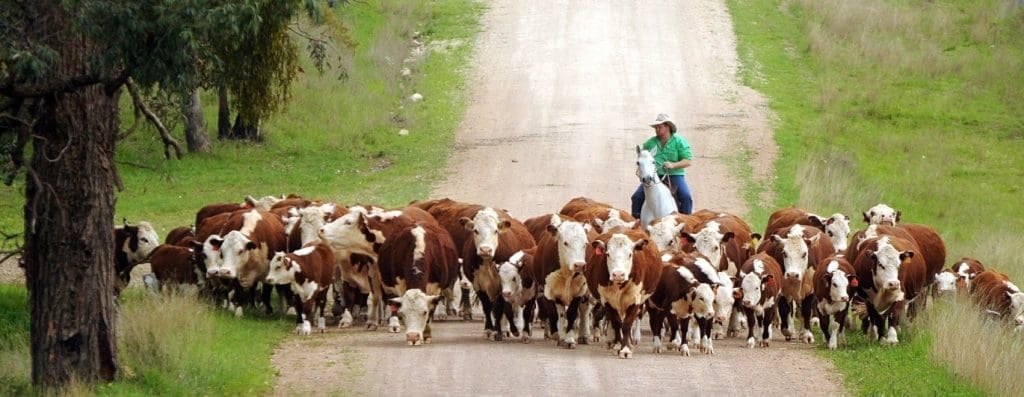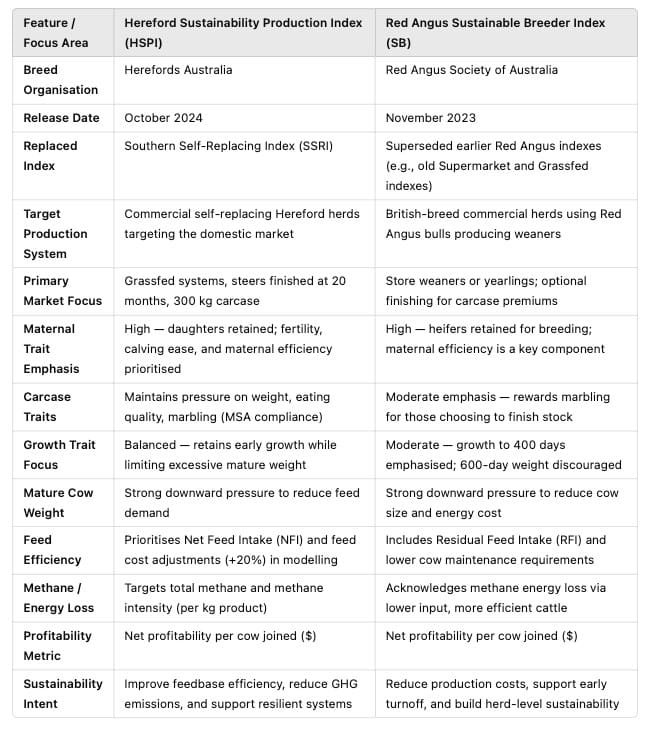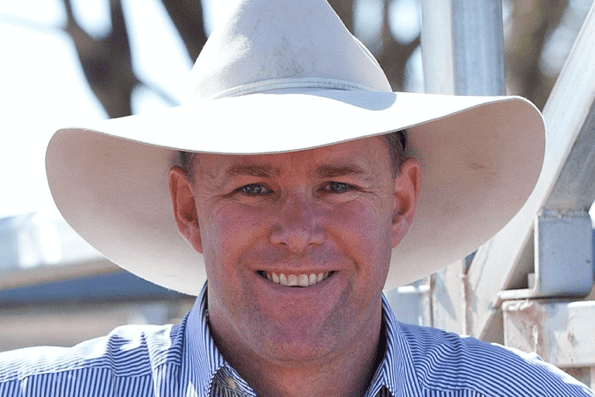
A STUDY recently published in CSIRO’s ‘The Rangeland Journal’ presented some telling insights into the attitude of beef producers towards the concept of sustainability.
Sustainability is a key theme which more frequently extends across the supply chain. The beef industry increasingly is being asked to include sustainability as a requirement within management decisions and production systems.
The project conducted by Drs Taylah Faulkner and Bradd Witt from the University of Queensland and Dr Heather Bray from the University of Western Australia surveyed 367 Australian beef producers.
They found that there were four distinct mindsets (or typologies) among producers, reflecting how they think about sustainability, climate risk and public perception. The four groups were described as:
- The Open Minority (15pc – characterised as most open to new ideas & actively seeking solutions)
- The Moderate Quarter (25pc – open to change practices to more but seeking support from industry and others)
- The OK with the Status Quo (20pc – currently consider industry is sustainable & trusted)
- The Vulnerable Majority (39pc – who feel that the industry is already sustainable; feel unsupported by the public, and will push back hardest).
This project insights are useful, particularly in the light of discussions that often happen internally within the beef industry. Many conversations are held, particularly by producers who fall into the larger two categories who feel the broader public are unsupportive and negative. Whereas in many recent studies, public trust in sustainable beef production in Australia is quite strong.
There is no doubt the discussions around sustainability will become increasingly more common in time to come.
Perhaps one of the greatest challenges for many people is the broadness of these conversations. The concept of ‘industry’, a term used frequently in discussions, is a broad church. For an individual, determining just where they fit in this big picture can be daunting enough.
Feedbase starting point
In some ways it is often easier to break bigger concepts down to smaller, more manageable and personal components. For a grassfed-dominated industry, the use of the feedbase and types of cows we select to utilise that feedbase is a logical starting place.
In many ways feedbase efficiency is overlooked, generally as its so obvious. However, greater efficiency in feed utilisation is a fundamental contributor to enterprise productivity and profitability.
For those producers, particularly those who fall in third category of “OK with the status quo” where priority lies with profitability, feedbase efficiency should still be a priority.
According to the FutureBeef publication, Calculating the cost of production for your beef enterprise (FutureBeef & MLA), “The cost of feed, either grown or purchased, is a major component of total cash costs, often contributing 40–50pc of operating expenses in grazing systems.”
While better feedbase management is often a tactical decision, producers do have the opportunity to make selection decisions that will also contribute to greater feed efficiency.
Selection for traits such as lower mature cow weight; improved feed conversion efficient (e.g. Residual Feed Intake) as well as focussing on turnoff through both higher weaning rates and matching growth rates to the feedbase all have accumulative impact on a herd’s feed utilisation.
In focussing on the cost of the feedbase to a production system, it is worth considering that at its fundamental core, producers are seeking to optimise the intake of energy per day to meet maintenance & production goals.
In a variable environment, this energy intake can often fall short due to gaps in quantity and quality of the feedbase. Again, tactical day-to-day grazing decisions will help alleviate some of these shortfalls.
Energy loss through rumination
What is more difficult to manage is the loss of energy through rumination. MLA research suggests that somewhere between 2pc and 12pc of the gross energy consumed by an animal is lost as methane (which is produced in rumination).
There are various contributors to this range in energy loss as methane. Low quality, poorly digestible feeds increase the loss, as does passage rate through the animal. Larger animals have slightly higher losses than younger and smaller animals.
In situations where feed quality already limits the amount of energy an animal can consume, these losses can often contribute to the general delay or failure of animals to meet production goals as expected.
Many of the genetic traits mentioned previously can cumulatively move herds to becoming more efficient in utilising feed, and combined with tactical grazing management and the correct use of supplements can reduce the loss of energy through methane.
Fundamentally, many of these points are known by producers and have been part of discussions, particularly by the ‘Open’ and ‘Moderate’ opinion groups noted above. More practically, breed societies are moving towards helping producers make more effective selection decisions around sires that can assist in moving a herd towards both greater feed efficiency and sustainability.
Index progress in Herefords, Red Angus
Late last year Herefords Australia released the Hereford Sustainability Production Index, replacing the Southern Self Replacing Index, while the Red Angus Sustainable Breeder Index has been available since November 2023.
Both these indexes were developed using BreedObject, with Herefords Australia adjusting feed costs by 20pc to better reflect the impact feed-related traits have on profitability and sustainability. As noted in the table below, both indexes have very similar intent and outcomes, offering producers greater information on the genetic suitability potential sires.

The development and release of the Red Angus Sustainable Breeder Index and the Hereford Sustainability Production Index is a significant opportunity for producers to make practical selection decisions that can contribute to the bigger (and harder to grasp) goals of sustainable beef production.
While there are clearly groups of producers who are actively seeking new methods of management and production to align with a sustainable goal, for other producers, production will remain a priority.
These indexes offer producers who identify as being ‘OK with Status Quo’ to make selection choices that still meet their production goals and priorities.
However, the impact of genetic selection will see those herds transition towards herds with improved feed efficiency and may be more sustainable without requiring significant practice change on-farm.
- Several readers have asked about sustainability measurement progress in other breeds. Angus Australia is in the early stages of development of a Low Methane Emissions EBV, but the finished product is still some time away, Beef Central was told. The topic is likely to come up during the upcoming World Angus Congress in Brisbane in May.
 Alastair Rayner is the General Manager of Extension & Operations with Cibo Labs and Principal of RaynerAg. Alastair has over 28 years’ experience advising beef producers & graziers across Australia. He can be contacted here or through his website www.raynerag.com.au
Alastair Rayner is the General Manager of Extension & Operations with Cibo Labs and Principal of RaynerAg. Alastair has over 28 years’ experience advising beef producers & graziers across Australia. He can be contacted here or through his website www.raynerag.com.au

I think the CSIRO have proven in the past ten years that they can’t be trusted with some information. I certainly believe that these figures are not correct. Most producers want trustworthy people to work with and understand sustainability because it is the lifeblood of their business and always have believed this.
Science bodies need to provide trusted and proven science that is explained simply and can fit practically at low cost into an operation.
I do believe this message Is already already out there and we are seeing a turn around in this happening, I also believe that in time the two will mesh as both can learn off each other. Producers want to be as productive as possible without harming their country however there MUST be respect and understanding from both sides for what each other does professionally.
I don’t believe we have got to that point yet.
Most graziers , farmers are time poor and even the corporates understand this coupled with extreme staff shortages it is very hard to maintain even daily practices.
People on the land do the best they can in every sense to be sustainable under very difficult circumstances however can only do what they can do.
Good news though! With all the exiting stuff coming out of CIBO Labs of late , especially in relation to feed base efficiency through MLA programs and the like, this should go a long way to breaking down the barriers.
This is laughable. I actually participated in this survey. I’m fairly frustrated but not suprised that a group of people trying to justify the millions of dollars in funding they receive would class the majority of people in the survey as “the vulnerable majority”. so rather than listen to the majority who at a guess would be some of the more successful and productive operators. Instead people who take our levies find a way to further alienate us further. I felt when I was being asked the questions that they needed more than a yes or no response. But i also felt as it went on that thats was the outcome the questions were looking for. I’d say it would be a great idea for beef central to get there hands on the actual questions asked. It would give clarity to its ambiguous nature. Cheers Matthew Della Gola